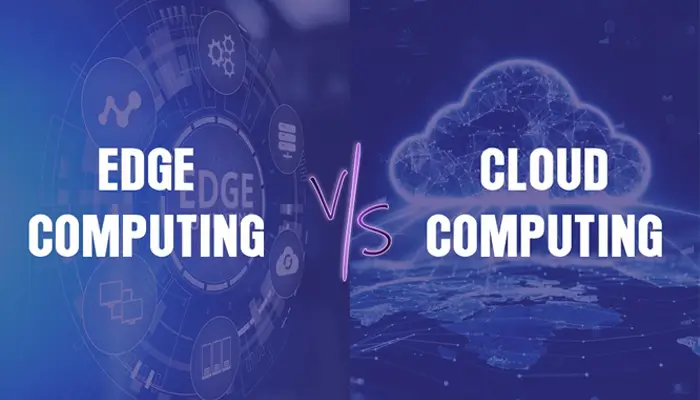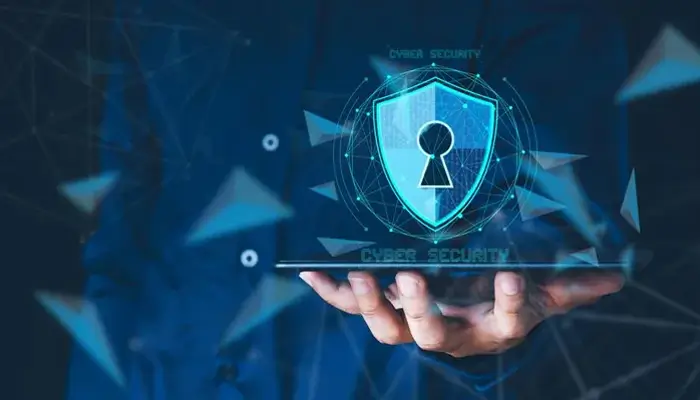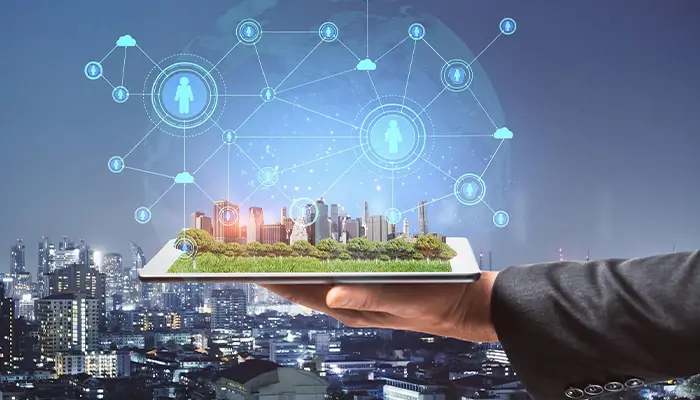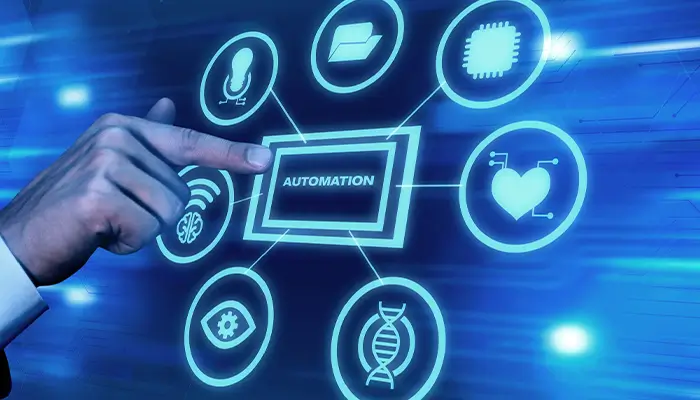
Progressive Web Apps (PWAs): The Future of Mobile Websites in 2025
October 14, 2025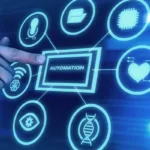
The Best Automation Tools for Digital Agencies in 2025
October 17, 2025In the ever-evolving digital landscape of 2025, marketers are presented with a critical choice: Edge Computing or Cloud Computing? Understanding the distinctions between these technologies is essential for optimizing website performance, enhancing user experience and staying ahead in the competitive digital arena.
What Is Cloud Computing?
Cloud computing involves processing and storing data on centralized servers located in remote data centers. This model offers scalability, flexibility and cost-efficiency, making it a popular choice for businesses seeking to manage large volumes of data and applications.
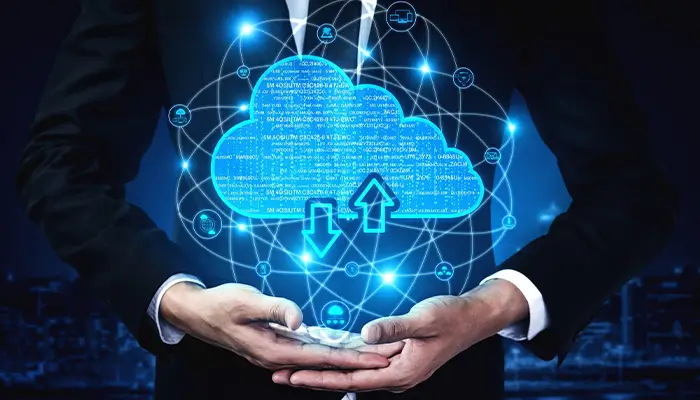
What Is Edge Computing?
Edge computing, on the other hand, processes data closer to the source, at the “edge” of the network. By utilizing local servers or devices, edge computing reduces latency and bandwidth usage, enabling faster data processing and real-time analytics.
Key Differences Between Edge and Cloud Computing
| Feature | Cloud Computing | Edge Computing |
| Data Processing | Centralized in remote data centres | Localized at the data source |
| Latency | Higher due to distance from user | Lower, providing real-time processing |
| Bandwidth Usage | Higher, as data travels long distances | Lower, with data processed locally |
| Scalability | Highly scalable with centralized resources | Scalable within local networks |
| Cost Efficiency | Cost-effective for large-scale operations | Cost-effective for localized applications |
Impact on Website Performance
In 2025, website performance is paramount. Users demand fast-loading sites and search engines prioritize speed in rankings. Edge computing addresses these needs by:
- Reducing Latency: Processing data closer to the user minimizes delays, leading to faster page load times.
- Enhancing User Experience: Real-time data processing enables dynamic content delivery, improving interactivity and engagement.
- Improving SEO Rankings: Faster websites contribute to better search engine rankings, driving more organic traffic.
Real-World Applications for Marketers
Marketers can leverage edge computing to:
- Optimize Content Delivery: Utilize Content Delivery Networks (CDNs) to cache content closer to users, enhancing load times.
- Implement Real-Time Analytics: Analyse user behaviour in real time to personalize content and offers.
- Enhance Mobile Experiences: Improve mobile site performance by processing data locally, catering to the growing mobile user base.
The Future: Hybrid Models
The future of computing lies in hybrid models that combine the strengths of both edge and cloud computing. By integrating edge computing with cloud infrastructure, businesses can achieve optimal performance, scalability and flexibility.
Conclusion
For marketers in 2025, embracing edge computing is no longer optional, it’s essential. By understanding and implementing edge computing strategies, businesses can enhance website performance, improve user experience and stay competitive in the digital marketplace.
If you have any questions regarding “Computing vs. Cloud Computing” feel free to contact us. For inquiries and consultations, call us at: +92 321 4808303 or Email us at: hello@owaisgilani.com.
Disclaimer: The information shared on this website is for educational and informational purposes only and reflects my personal views and experiences. While I strive to provide accurate and helpful content, readers should use their own judgment and consult with a qualified professional before making any decisions based on the information here. I am not responsible for any actions taken based on this content. Feel free to reach out to me if you need clarification or have questions before using any part of this information.
